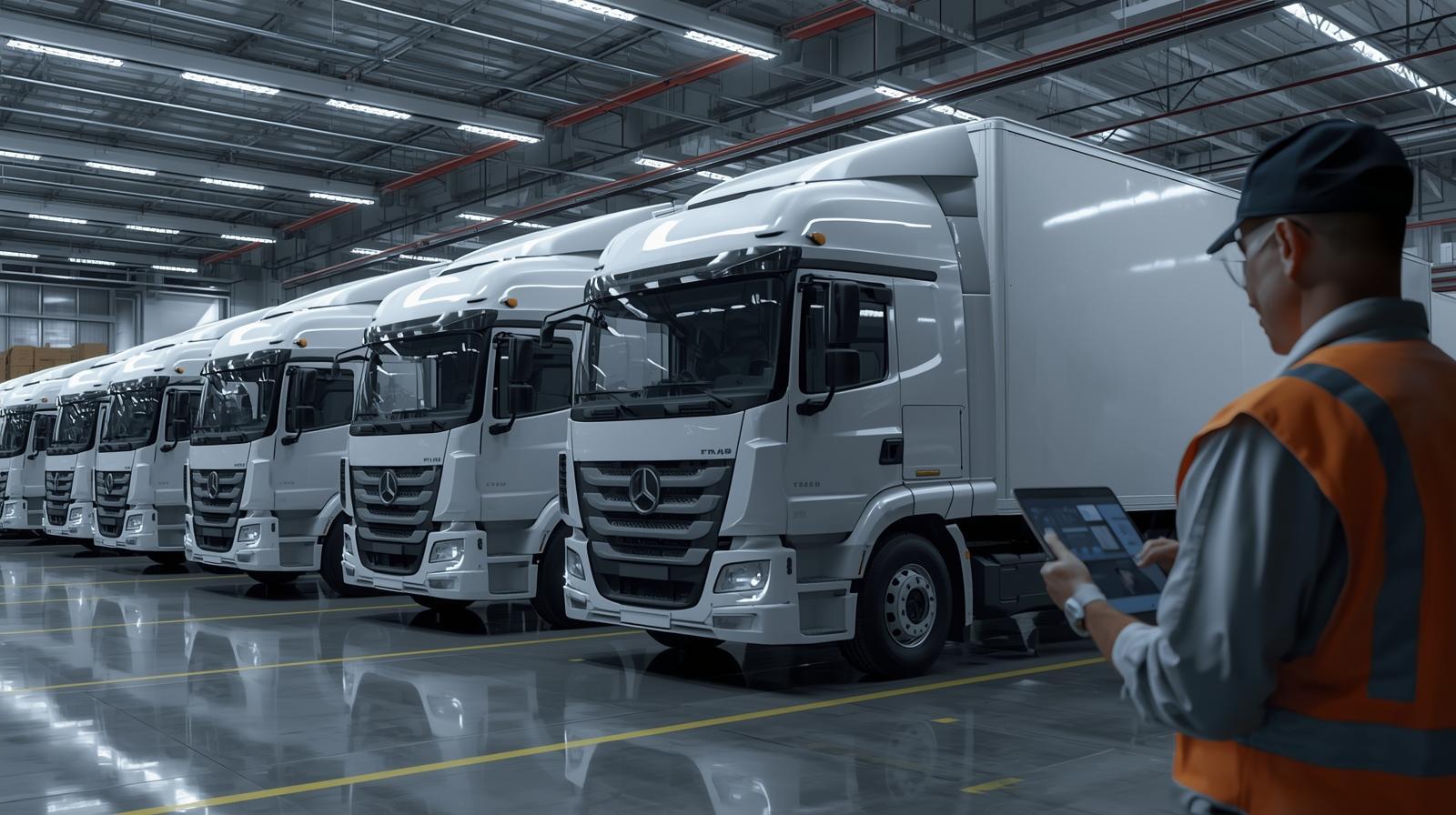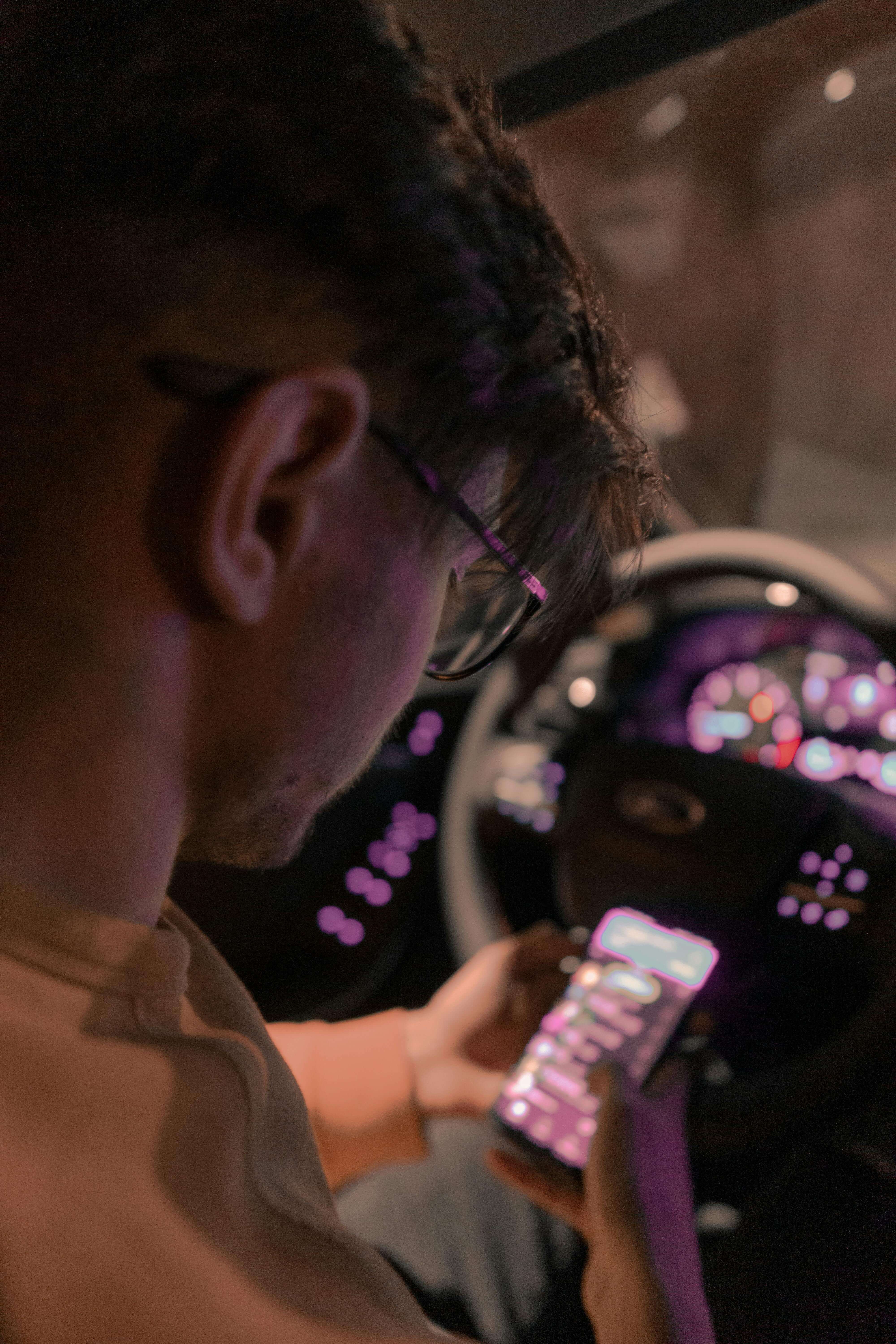Telematics (and other Fleet Technology) implementations are complex and highly challenging. Often, we hear about the pain that Fleet Managers and organisational leaders experience while implementing telematics and fleet technology, not knowing how to achieve success.
Although the benefits of improving safety and productivity, decreasing fuel use, and reducing emissions are widely publicised, in reality, very few fleets fully realise the powerful benefits that telematics systems are purported to achieve.
So, the question is, why do organisations struggle to adopt telematics comprehensively and see the benefits advertised by telematics companies? The answer often lies in the lack of expertise, resources, and skills available internally in an organisation that are critical for effective implementations.
This is where strategic partnerships with experts come in. They understand the complex landscape of fleet technology and how to effectively implement and use it can be invaluable in eventual benefits realised by fleets.
The Case of Osmose Australia
Osmose Australia recently won the Fleet Safety award at the Australasian Fleet Education & Leadership Summit in Sydney. Drivetec partnered with Mike Kemp, Managing Director - Osmose Australia to implement the end-to-end driver safety program, which we branded as the Driver Safety System (DSS).
Mike is a progressive leader with decades of leadership experience in large muitinationa corporations and he believes in a culture of shared responsibility in safety. He realised that he didn't have the resources internally to successfully deliver the DSS program, and therefore engaged Drivetec to deliver the project as an independent Technology and Driver Safety partner. The partnership aimed to improve the driving safety culture and drive a positive association with fleet technology to ensure driver buy-in and adoption.
We helped deliver all aspects of the implementation including improving telematics system configurations, implementing an engagement program with the drivers, devising a change management program, and designing automated analytics and insights to facilitate a Driver Rewards program.
Our expertise also helped Mike make decisions quickly. He was able to focus on the objectives Osmose wanted to achieve and stay out of the weeds. An important aspect of this was the data accuracy and integrity managed by Drivetec, which helped him to avoid distractions. It allowed us to progress mini projects from pilot to implementation in a short period of time.
Despite safety being the sole focus of the initiative, Osmose realised a few immediate financial benefits due to an optimised digital environment for fleet (which funded the project and provided a higher return-on-investment (ROI) in telematics). These included savings realised from decommissioning of multiple devices previously installed in some vehicles to tick a box (up to four in some cases) and a significant increase in Fuel Tax Credits received due to the right advice and expertise. So while the focus was on safety, Osmose received everything else comes along for the ride when we build the right digital environment.
Despite Mike's emphasis on utilising fleet technology only for safety, the implementation did not come without its fair share of challenges. The perception about technology was one of "big brother" or "tracking", with telematics even referred to as "trackers".
Drivers were initially sceptical about engaging openly, especially given the engagement with Drivetec, an external party. However, through open communication and transparency about the use of telematics data, we built trust quickly and drivers started engaging with us in a few weeks.
Eventually the partnership model worked well, with drivers preferring an independent partner addressing driver concerns. One of our key objectives was to communicate frequently with drivers to ensure some of the walls that were built before Mike's tenure could be chipped away.
Our biggest learning from the project thus was the human aspect of technology. It is often said that technology is just an enabler, and in the case of telematics, it should be emphasised that technology is only a small component of success. The unfortunate truth of telematics implementations is that they are sometimes used to 'tick a box' for compliance purposes or to fulfil safety obligations (which, in itself, may lead to compliance breaches).
Telematics is extremely powerful – countless research has proven its benefits. Fleet technology can help improve fleet operations significantly, enhance diver safety, reduce maintenance and fuel costs, improve sustainability, and deliver other business benefits such as higher fuel tax credits.
However, to fully realise these benefits, fleet leaders must select technology partners carefully – partners who have the necessary skills and experience with all aspects of an implementation, especially change management. Additionally, collaboration with progressive leaders, who really want to improve the culture of safety and move towards a shared responsibility model of safety is crucial.
By using a humanistic and partnering approach, technology can go a long way towards ensuring people go home safely every day; and as a bonus reducing costs and improving efficiency of fleets.
.png?width=1563&height=375&name=Horizontal%20Logos%20(1).png)


